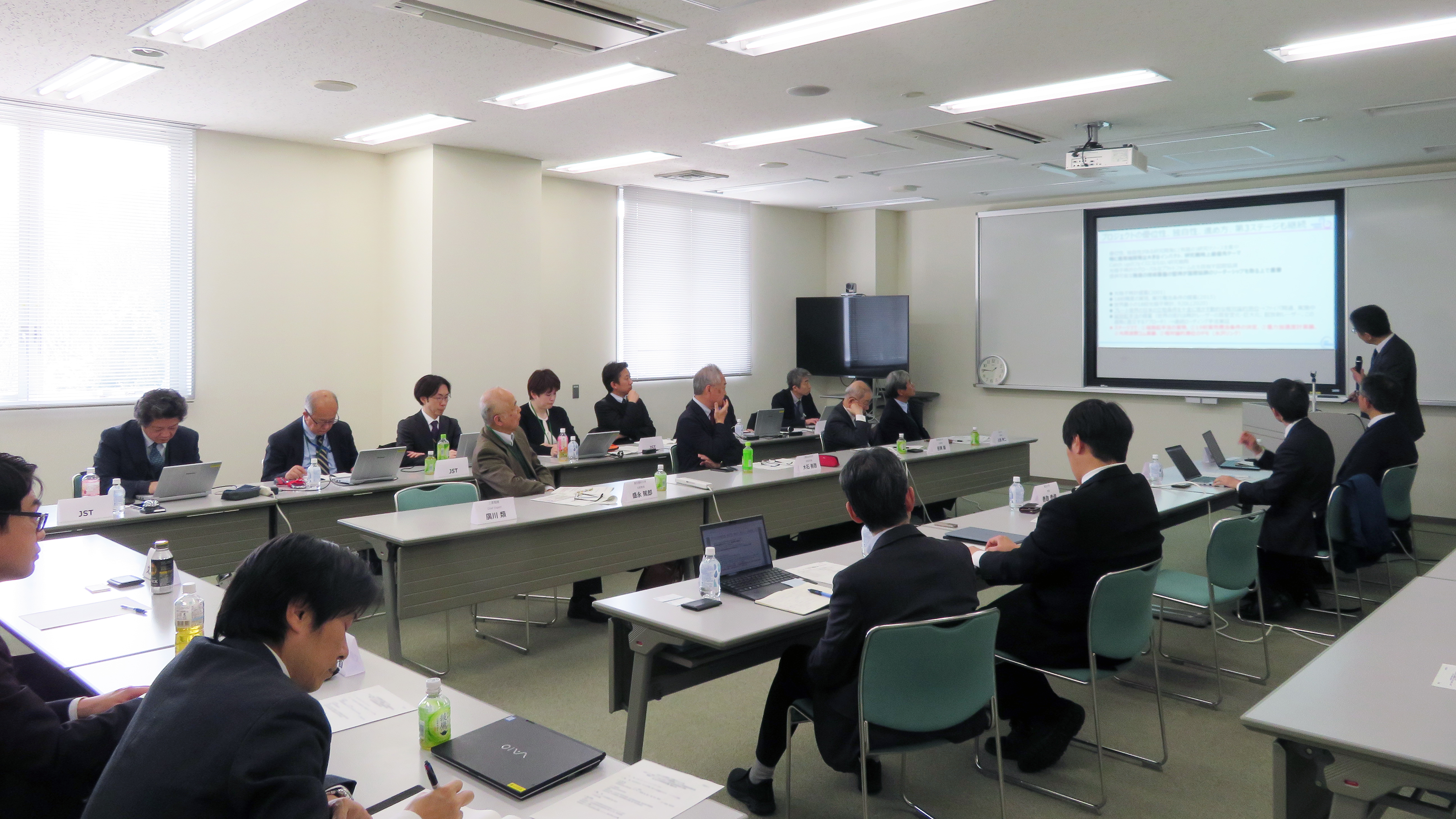About Project

Hidetoshi Katori (Program Manager)
The University of Tokyo
Team Director, Spacetime Engineering Research Team, RIKEN Center for Advanced Photonics(RAP),
RIKEN
Section II, Fourth Subsection (Quantum Electronics) ,
The Japan Academy
profile
The optical lattice clock, taken as a ridiculous idea in 2001, has come true and changed the game for building highly precise and stable atomic clocks. In this project, we will develop a space-time information platform by networking “optical lattice clocks”, which improve the uncertainty of atomic clocks used in GNSS (Global Navigation Satellite System) by three orders of magnitude. Such a platform will benefit future high-capacity network systems, navigation, and other services.
NEWS
- 2025/10/28
- We exhibited the optical lattice clock at TechInnovation 2025 held in Singapore.
・Compact Optical Lattice Clock for Precise, Accurate Timekeeping - 2025/10/20
- Three members from the University of Tokyo, Koki Nishida, Keita Okamura, and Hikaru Kawabata, received the Student Presentation Award of the Physical Society of Japan at the 80th Annual Meeting of the Physical Society of Japan.
Congratulations!From left to right: Nishida, Kawabata, Okamura
- 2025/10/1
- A new group "Photonic Device (PD) Group" was established in the project, and HAMAMATSU PHOTONICS K.K. participated as a new member.
・MEMBERS - 2025/9/4
- A joint workshop with SIP3 Quantum Technology and Q-STAR was held by NTT Basic Research Laboratories.
- 2025/9/3
- A site visit for the project was held by NTT Basic Research Laboratories.
- 2025/3/18
- The R&D Management Meeting hosted by JST was held at RIKEN. The research plan for the next fiscal year was discussed, and a tour of the laboratory was conducted.

- 2025/3/5
- This is a press release from Shimadzu Corporation.
Shimadzu Corporation will begin accepting orders for the Aether clock OC 020, a strontium optical lattice clock equivalent to 18-digit precision, on March 5. (Omitted) This product is the world's first commercial optical lattice clock with a device volume of 250 L, and is the first device in the world to be successfully miniaturized. By installing it in national standards institutes, universities, and research institutes in various countries, it can be used not only as a time standard but also for various fields and purposes.
・Press release:
Launch of the World's First Optical lattice Clock Successfully Miniaturized for Practical Use in Next Generation Time Measurement Technology
- 2024/12/26
- An interview with Program Manager Katori was published in 0teleNEWS.
"Amazingly", the time at the Skytree observation deck is four billionths of a second faster than on the ground! A clock that can measure space-time distortion(Japanese)
- 2024/11/21
- Joint press release from the JST, University of Tokyo, Riken, Shimadzu Corporation and JEOL Ltd.
As part of the JST-Mirai Program, researchers from the University of Tokyo and RIKEN, in collaboration with Shimadzu Corporation and JEOL Limited, have successfully developed a compact and robust high-precision optical lattice clock.
・Press Release:
Successful development of the world’s first compact and robust high-precision optical lattice clock with a 250-L volume
-- Toward real-world applications of optical lattice clocks --
JST, U-tokyo, RIKEN, Shimadzu Corporation, JEOL Ltd.
News Site: EurekAlert!, AlphaGalileo - 2024/10/30
- A paper on international frequency comparison using portable optical lattice clocks has been published.
International comparison of optical frequencies with transportable optical lattice clocks
- 2024/9/10
- A workshop for the project was held at Shimadzu Technology Research Laboratory.
- 2024/9/9
- A site visit for the project was held at Shimadzu Technology Research Laboratory.
- 2024/7/17
- An interview with Program Manager Professor Katori was posted on the website of Japan Power Development (Jpower).
A Gift from Scientists for the Future Half a Century from Now(Japanese)
- 2024/6/8
- Press release from the National Institute of Advanced Industrial Science and Technology (AIST).
AIST and Yokohama National University have successfully generated a highly accurate time system using an optical lattice clock for 230 consecutive days.
・Press Release(Japanese):
High-availability optical lattice clock generates the world's highest standard time system
-Progress Toward Long-Term Stable Time-Frequency National Standard-
・Paper:
Takumi Kobayashi, Daisuke Akamatsu, Kazumoto Hosaka, Yusuke Hisai, Akiko Nishiyama, Akio Kawasaki, Masato Wada, Hajime Inaba, Takehiko Tanabe, Tomonari Suzuyama, Feng-Lei Hong, Masami Yasuda,
Generation of a precise time scale assisted by a near-continuously operating optical lattice clock,
Phys. Rev. Applied 21, 7 June 2024. - 2024/4/13
- The award ceremony for the Breakthrough Prize, which was awarded to Program Manager Professor Katori, was held in Los Angeles, U.S.A.
Professor Katori had been awarded the Breakthrough Priz in Fundamental Physics in FY2022, but the award ceremony was postponed due to a pandemic.
- 2024/4/4
- Logo of the University of Tokyo has been updated. The logo of the UTokyo is new as of April 1.
- 2024/3/7
- Joint press release from the University of Tokyo, RIKEN, and JEOL.
"A research team led by Assistant Professor Shoichi Okaba and Professor Hidetoshi Katori at the University of Tokyo has developed the world's first continuous atom source in which laser-cooled atoms are drawn out by an optical belt conveyor and further output by changing the direction of motion with a crossing optical belt conveyor. The paper was also published in Physical Review Applied."
・Press Release:
Continuous generation of an ultracold atomic beam using crossed moving optical lattices
The University of Tokyo, RIKEN(Japanese), JEOL(Japanese)
・Paper:
Shoichi Okaba, Ryoto Takeuchi, Shigenori Tsuji and Hidetoshi Katori,
Continuous generation of an ultracold atomic beam using crossed moving optical lattices,
Physical Review Applied 21, 034006 – Published 5 March 2024.














